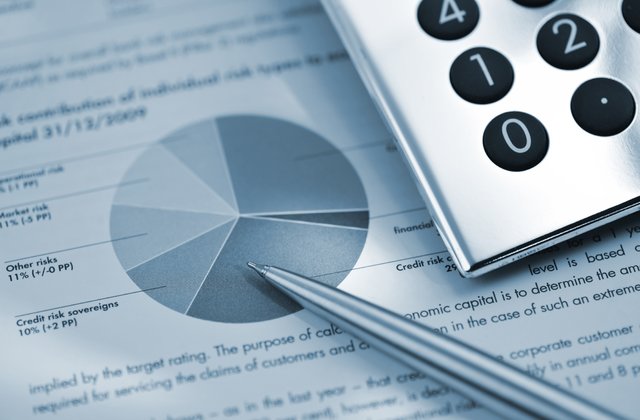RJ, a coworker of mine just finished setting up his first trading account through a discount brokerage and made some initial purchases. When the shares settled a few days later he was a little confused by the different sets of numbers in his account, why they were different and what they meant. He was talking about market value and book value listed at the bottom for his holdings page. Another issue came up before he actually made the initial purchases. While searching and selecting the shares to buy he found common and preferred shares, and some companies had different classes of common shares. He was wondering what it all meant. I gave him the quick version and promised him a post with a more complete answer, so here you go RJ…
Market Value versus Book Value
Your first question is pretty straight forward RJ. Simply put, market value is what your shares are currently worth if you were to sell them on the market today. This will go up and down depending on how the market is doing, and of course over time you are looking for this to consistently increase in value. Book value is what you paid to attain those shares, which includes the price of the shares themselves plus any trading fees and additional costs, and this number will never change for as long as you own them. Let’s say you bought 1 share of Giant Widget Corporation 1 years ago when it was $100. Add in a $5 trading fee, and your book value is $105. Your market value would only be $100 at that time, so initially the book value was higher (I think this is what you noticed, RJ.) Now jump ahead to 1 year later, the book value is still the same at $105, but the stock has gone up in price considerably, and now the market value is somewhere around $200. Looks like it was a good investment.
Year 1
Book Value $105
Market Value $100
Year 2
Book Value $105
Market Value $200

Both numbers are good to keep tabs on in your portfolio and are important for gauging how well your investment is doing. A market value higher than book value shows you’ve made a good choice and made money, while a lower market value than book value means you’ve had a loss. So RJ, if and when you decide to sell you would want your market value as high as possible beyond your book value, showing that you made a profit (or capital gain) on your shares.
Common versus Preferred Shares, and Share Classes
Your second question is a little more complicated. Common shares are your general every day shares, which grant you a partial ownership in a company and voting rights to go along with it. You may receive a portion of the company’s profits through dividends and could see the value of your shares go up or down based on the current market. Preferred shares are a higher level of shares, and receive preferential treatment, hence the name. Preferred shares usually have a fixed dividend pay date, to the point of being considered a fixed income investment, though they may not have voting rights. Preferred shares are traded on the same market with common shares, but will have a slightly different name and symbol, so be careful when you buy. They also tend to have less fluctuation in market price compared to their common brothers.
The common shares are the low man on the priority totem pole, meaning you are the last to get paid. This is not a problem when things are going well and there is more than enough money to go around. Any dividends or distributions are paid out to preferred share holders first, and common share holders after. But when times are tough you can find the common shares having a dividend cut or even suspended while the preferred shares continue to collect their full amount. If things really go sour and the company goes under, cash gained from liquidating assets goes to creditors and lenders first, followed be preferred share holders, and if there is any left over it will finally make it’s way down to the common share holders. This can be a pretty devastating blow to common share holders, who could be left with a bunch of worthless stocks in a worse case scenario.
Sometimes a company may offer additional classes of common shares as well, often designated by the letters A, B, C, and so on. The most important difference between the classes is their voting rights, with one usually being much higher than the others, counting for 5 or ten times what the lesser shares votes are worth, sometimes even more. For example, class B shares may give you 1 vote per share, while class A shares give you 10 votes per share. Different classes therefore have different share prices on the market. These aren’t the same as preferred shares however, as all common share classes have the same rights to profit distributions.
I hope that clears a few things up for you RJ, and will help you as you continue to build your portfolio. Keep the questions coming, and thanks for the idea for this post.

